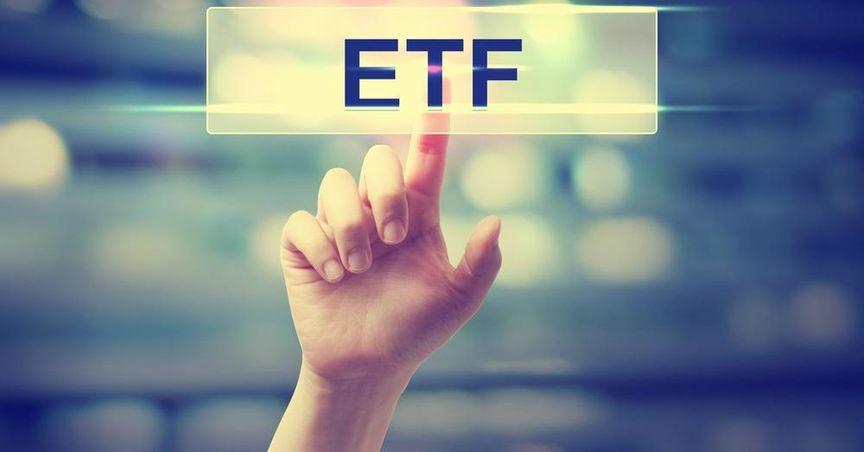Exchange-traded funds (ETFs) provide an affordable way to access a diverse range of stocks and bonds, making them a popular choice for financial planners. Here’s how to begin investing in ETFs:
- Open a Brokerage Account
To purchase ETFs, a brokerage account is necessary. Different account types serve various financial goals:
- Taxable accounts are ideal for goals before the age of 65, with no withdrawal penalties but taxes on gains.
- RESPs are suited for education savings, offering tax-free growth.
- In-Trust For (ITF) accounts allow for savings on behalf of a child, with the account transferred when the child reaches adulthood.
When selecting a brokerage, consider the fees, minimum deposits, range of assets, customer support, and additional features such as tax-loss harvesting or portfolio rebalancing.
For those seeking a hands-off approach, robo-advisors offer automated ETF portfolio management for a small fee.
- Set an Investment Strategy
After opening an account, determine your asset allocation, which splits your investments between stock and bond ETFs. Stock ETFs offer higher growth but are more volatile, while bond ETFs provide stability. The allocation should align with your timeline and risk tolerance.
For example, if retirement is far off, a higher percentage in stock ETFs may be ideal. If the goal is nearer, more bond ETFs may help preserve value. Adjust the ratio according to personal risk preferences, with options ranging from 90% stocks in your 20s to a more balanced mix in your later years.
- Research ETFs
Next, find ETFs that align with your asset allocation. Look for funds tracking major indexes like the S&P 500 for stocks or bond-focused indexes for stability. Keep an eye on fees—lower expense ratios are better for long-term returns.
- Purchase ETFs
Once research is complete, it’s time to buy. Fund your account, search for the ETF by its ticker symbol, and place your order. Confirm the number of shares and complete the purchase.
- Set a Purchase Plan
Regularly buying ETFs can help you stay on track toward financial goals. Many brokerages offer automatic contribution plans, known as dollar-cost averaging, which can reduce the average price per share over time. Set up a recurring transfer from your bank account to your brokerage account to automate purchases.
Review your portfolio periodically, and rebalance as needed to maintain the desired asset allocation.
- Plan Your Exit Strategy
Eventually, you’ll sell ETFs, so it's important to have a plan. Consider strategies to minimize taxes, like tax-loss harvesting. A financial advisor can assist in optimizing withdrawals from tax-advantaged accounts to manage tax obligations effectively.
This approach ensures steady progress toward your goals while minimizing the complexities of managing investments.





_05_02_2023_11_39_05_949694.jpg)
